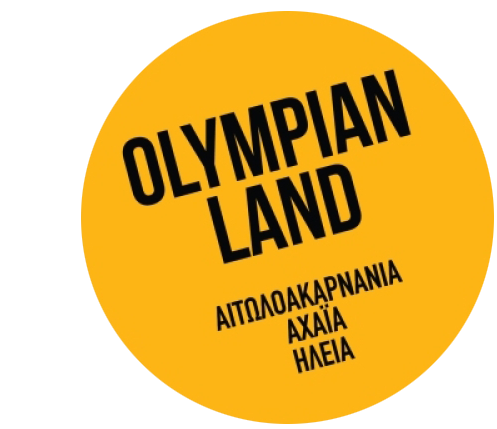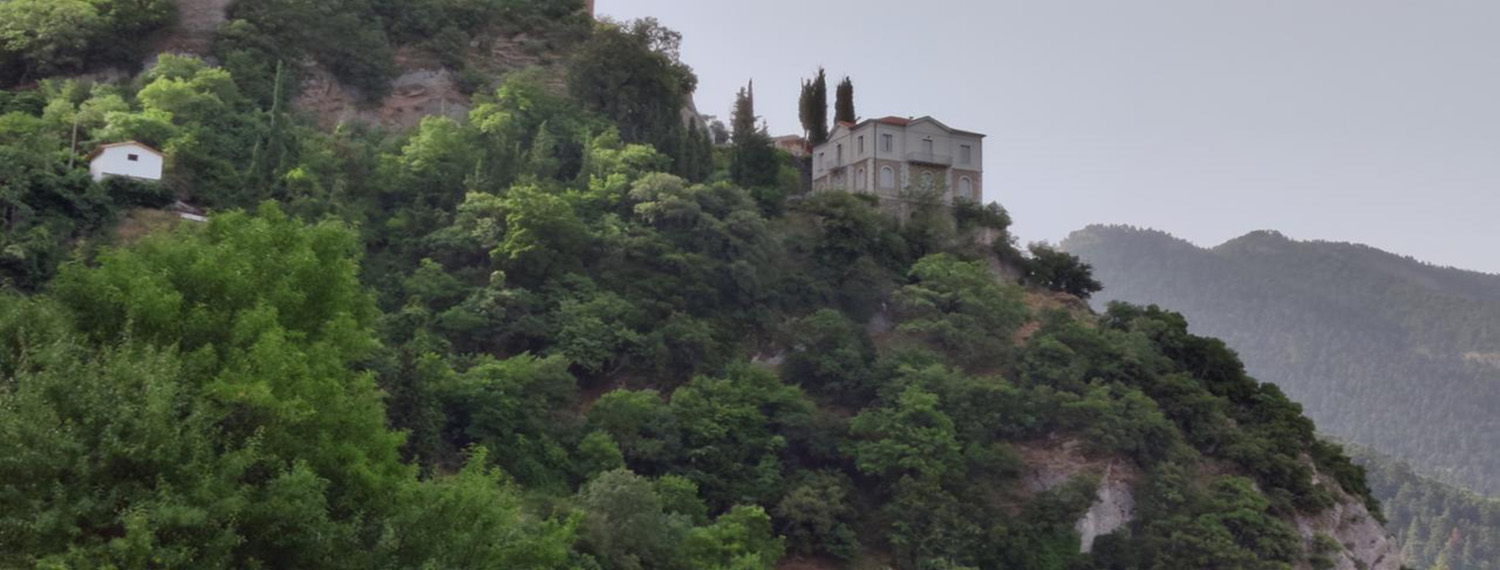
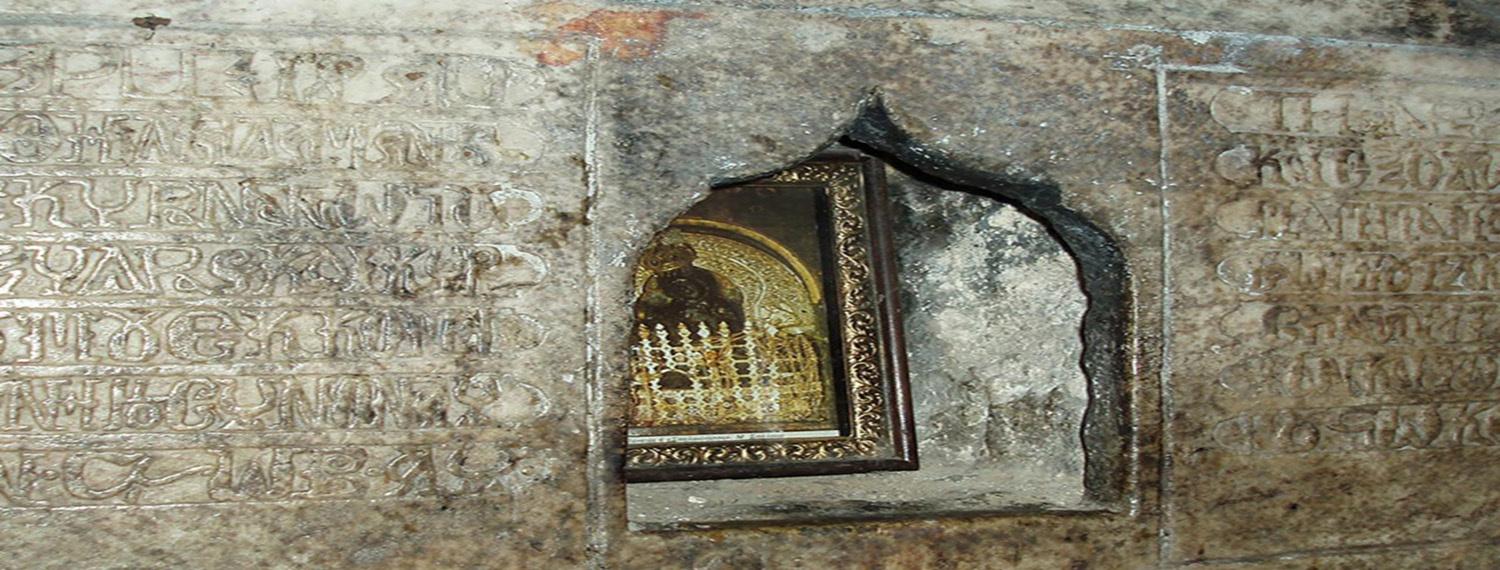



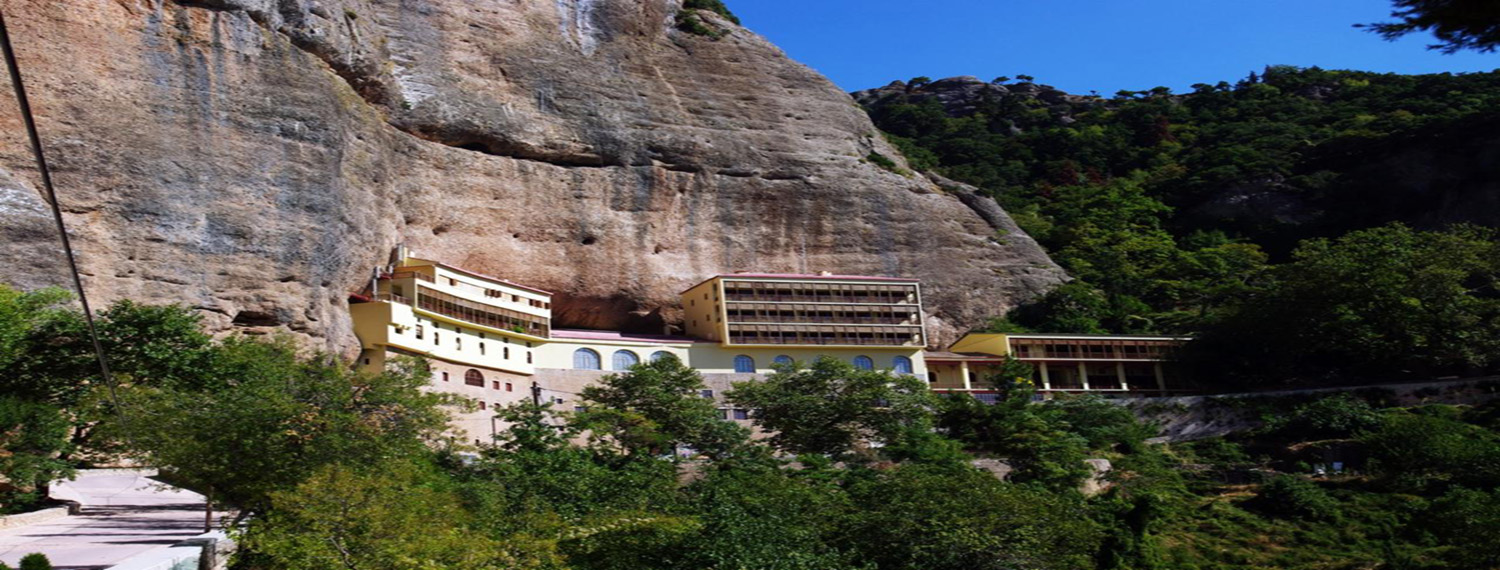
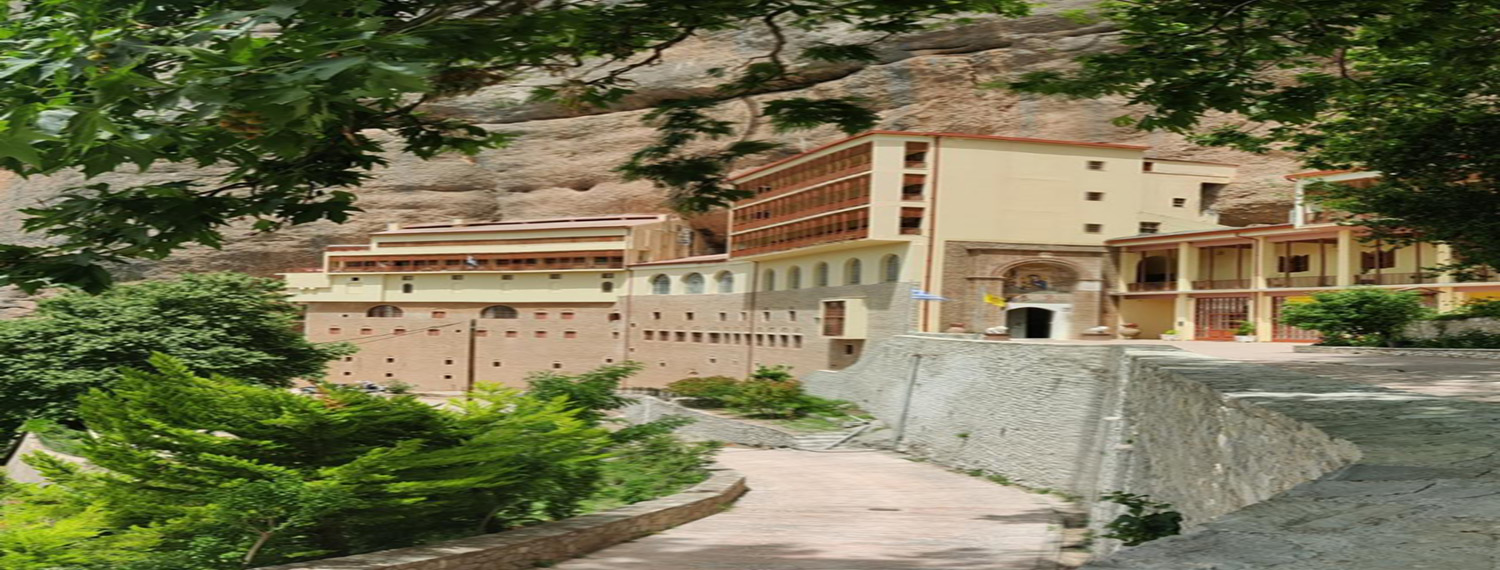
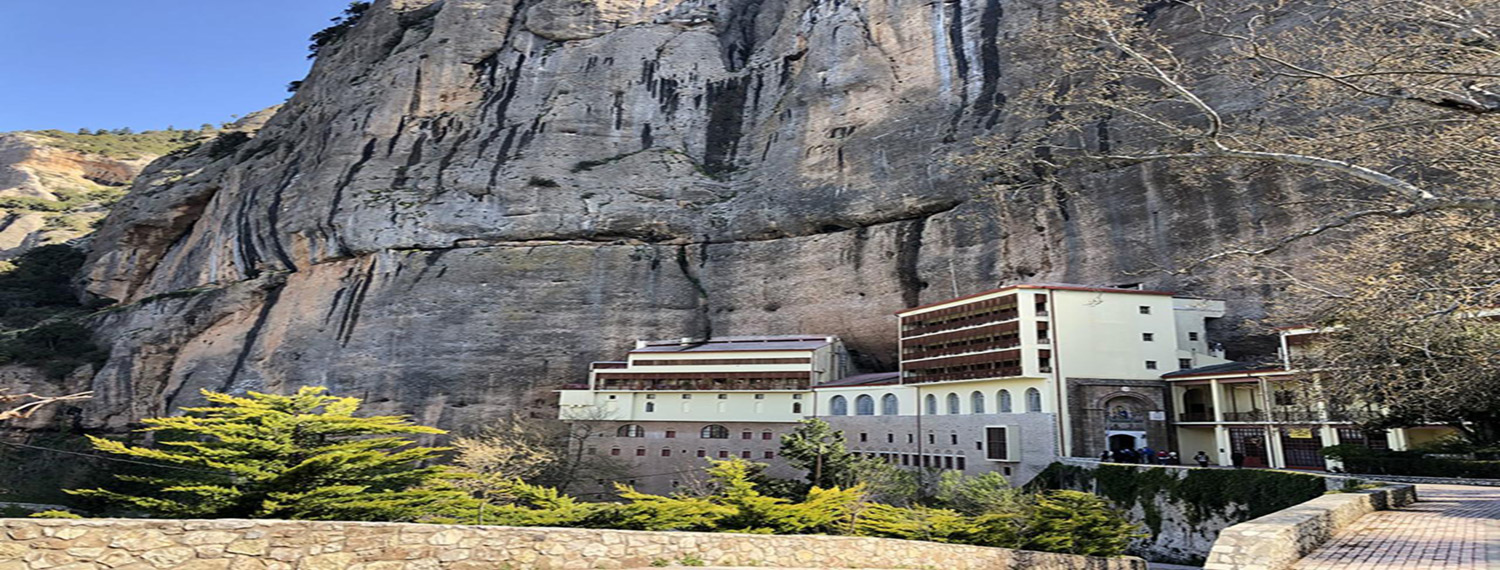
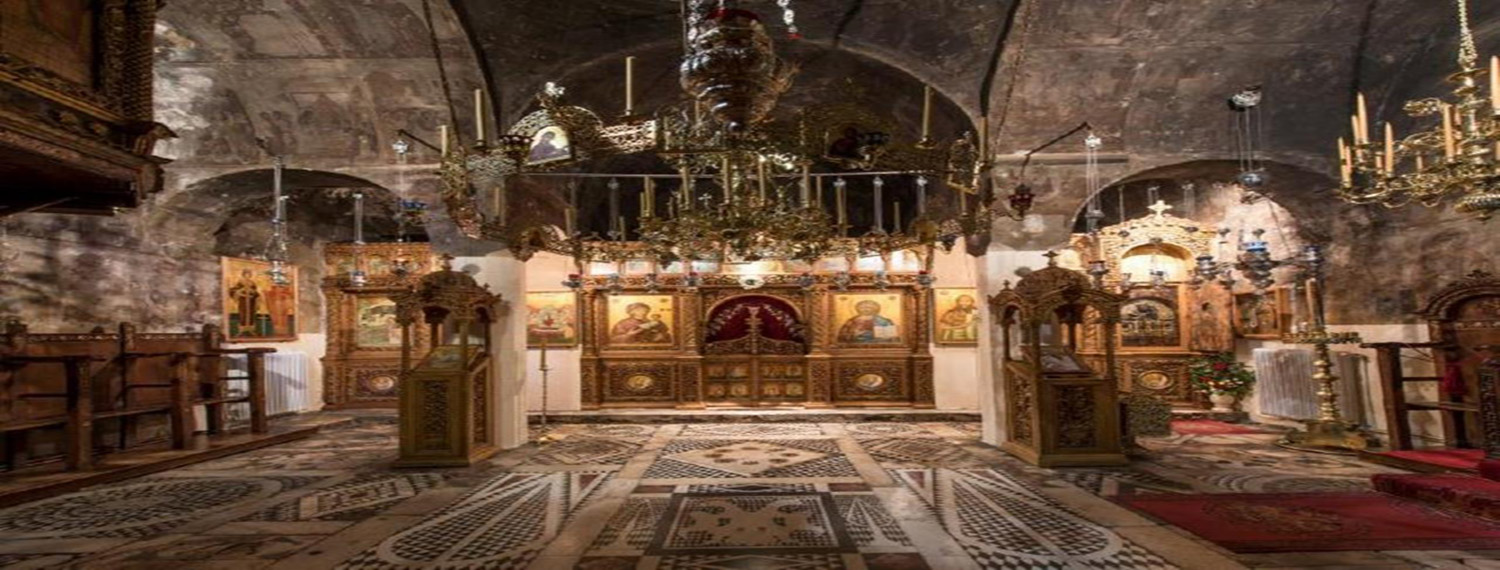
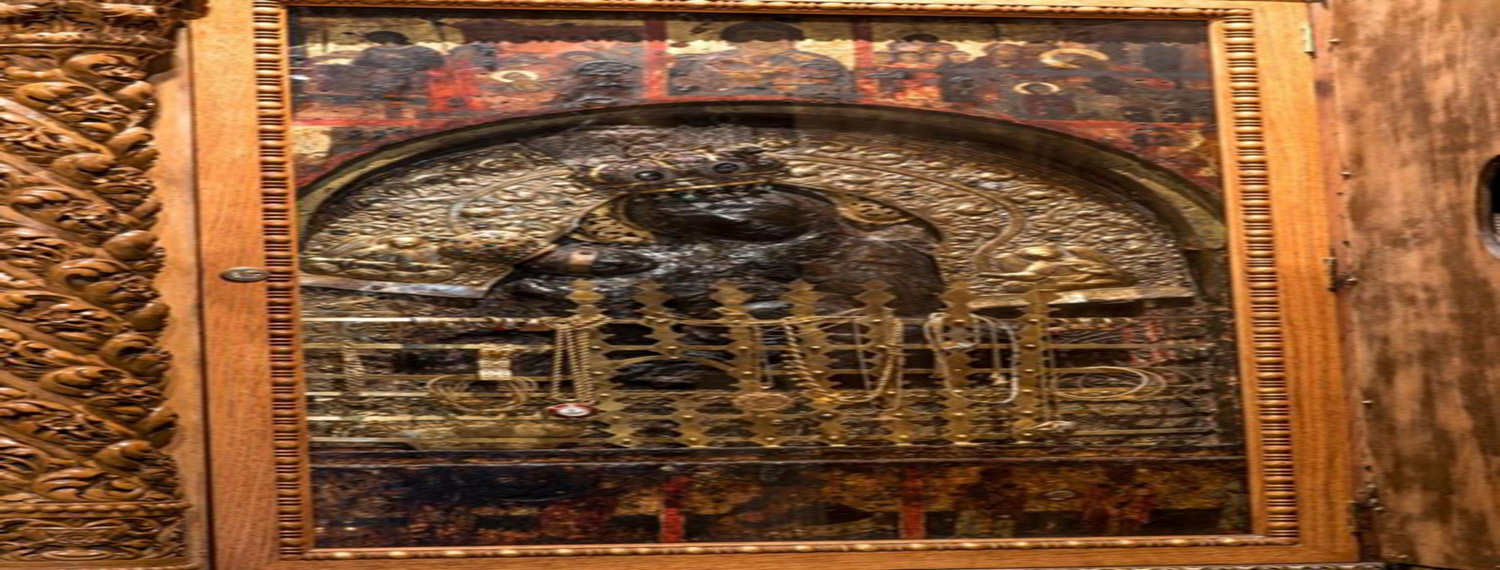
Χρησιμοποιούμε cookies ώστε η τοποθεσία μας να λειτουργεί σωστά, να εξατομικεύουμε περιεχόμενο και διαφημίσεις, να παρέχουμε λειτουργίες μέσων κοινωνικής δικτύωσης και να αναλύουμε την κυκλοφορία μας. Επίσης, κοινοποιούμε πληροφορίες σχετικά με την από μέρους σας χρήση της τοποθεσίας μας στους συνεργάτες μέσων ανάλυσης. Πολιτική Cookies








